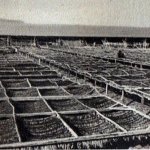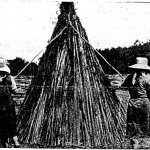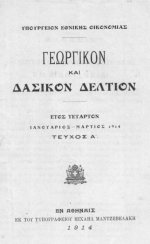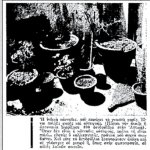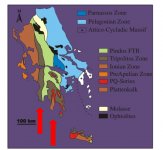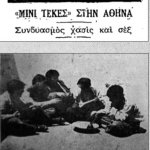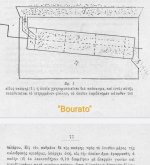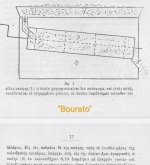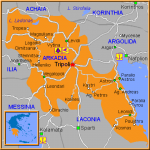taracula
Active member
- So it came the time i popped four seeds from Delicorganic's stash, three of them were female and one male.
The male turned out to be a hermie and the three were each one a different phenotype.
The first and the second pheno showed sex in week 6-7 of veg and the third pheno in about week three of flowering stage. All have been topped and had light lst.
- Grow conditions:
Lights 2x Apollo Led 480W(blurple), PPFD during veg was in 250-400 range and in flower between 500-750.
Temperature durin veg was 25-28 celcius, in early flower (1-4weeks) 24-28, mid-flower (5-9weeks) around 20-24 and last (10-13 weeks) was 10-18.
Humidity levels were 60-80% during veg, 50-55% in beggining of flower through mid and from there on 35-40 %.
Grow Tent was 2.4x1.20m
Vpd range during veg was 0.8-1.2 and during flower 1.2-1.7
Light cycle during veg was 18/6 and from the last days of veg the light cycle gradually fell to 11.5 hours of light until the last weeks of flowering in which the lights were 10.5/13.5
-Soil: Pheno 1,2 were in 20litre pots and no3 in 11litre
The crafted soil mix consisted of: 40% Peat moss, 30% aeration (pumice and zeolite), 15% Compost biosolids, 15% wormcastings + dry amendmends like spiroulina, wheat grass, gypsum and more.
In the transplanting phase Mycos and Azos were added.
Extra craft additives via KNF, Jadam, natural farming methods.
-Drying Conditions: 55-60% humidity, Temp 8-12C, Pheno 1,2 were drying for 14 days and no3 for 8 days.
-Harvest: Pheno no1 harvested in week 13(mostly milky), Pheno no2 in week 11, Pheno no3 in week 13 though it needed 1/2 more weeks.
Phenotype 1, during veg had a compost/leaf mold smell ,in early flower it started projecting more sweet aromas that developed to very fruity/haribo gummies that in late flower translated to a very sweet carot juicy smell. Due to some cold temps and direct wind from a fan at the lower buds a couple of bananas popped out but didnt cause any concern, in the contrary i got a couple of seeds from this amazing plant!! Light-Average feeder, highly resistant,very dense foxtail buds, easy to grow. Stretch was about x2.5. Full photos in the link below
https://www.icmag.com/special/albums...ed-phenotype-1
Phenotype 2, during veg had a strong eucalyptus smell, in early flowering stage it had lemon/lime smell with eucalyptus/mint undertone and ended with more herbal terps. Cold temps in late flowering caused her to self-polinate. Light-Average feeder, highly resistant, airy foxtail buds, easy to grow. Stretch about x3
https://www.icmag.com/special/albums...ed-phenotype-2
Phenotype 3, during veg it had some herbal essense, in flower it developed to some sweet-earthy herbal tones. Stretch x3, stretch a bit longer than the other phenos but had to be harvested earlier.
https://www.icmag.com/special/albums...ed-phenotype-3
Curing and Smoke report will be uploaded in the near future. Enjoy!



The male turned out to be a hermie and the three were each one a different phenotype.
The first and the second pheno showed sex in week 6-7 of veg and the third pheno in about week three of flowering stage. All have been topped and had light lst.
- Grow conditions:
Lights 2x Apollo Led 480W(blurple), PPFD during veg was in 250-400 range and in flower between 500-750.
Temperature durin veg was 25-28 celcius, in early flower (1-4weeks) 24-28, mid-flower (5-9weeks) around 20-24 and last (10-13 weeks) was 10-18.
Humidity levels were 60-80% during veg, 50-55% in beggining of flower through mid and from there on 35-40 %.
Grow Tent was 2.4x1.20m
Vpd range during veg was 0.8-1.2 and during flower 1.2-1.7
Light cycle during veg was 18/6 and from the last days of veg the light cycle gradually fell to 11.5 hours of light until the last weeks of flowering in which the lights were 10.5/13.5
-Soil: Pheno 1,2 were in 20litre pots and no3 in 11litre
The crafted soil mix consisted of: 40% Peat moss, 30% aeration (pumice and zeolite), 15% Compost biosolids, 15% wormcastings + dry amendmends like spiroulina, wheat grass, gypsum and more.
In the transplanting phase Mycos and Azos were added.
Extra craft additives via KNF, Jadam, natural farming methods.
-Drying Conditions: 55-60% humidity, Temp 8-12C, Pheno 1,2 were drying for 14 days and no3 for 8 days.
-Harvest: Pheno no1 harvested in week 13(mostly milky), Pheno no2 in week 11, Pheno no3 in week 13 though it needed 1/2 more weeks.
Phenotype 1, during veg had a compost/leaf mold smell ,in early flower it started projecting more sweet aromas that developed to very fruity/haribo gummies that in late flower translated to a very sweet carot juicy smell. Due to some cold temps and direct wind from a fan at the lower buds a couple of bananas popped out but didnt cause any concern, in the contrary i got a couple of seeds from this amazing plant!! Light-Average feeder, highly resistant,very dense foxtail buds, easy to grow. Stretch was about x2.5. Full photos in the link below
https://www.icmag.com/special/albums...ed-phenotype-1
Phenotype 2, during veg had a strong eucalyptus smell, in early flowering stage it had lemon/lime smell with eucalyptus/mint undertone and ended with more herbal terps. Cold temps in late flowering caused her to self-polinate. Light-Average feeder, highly resistant, airy foxtail buds, easy to grow. Stretch about x3
https://www.icmag.com/special/albums...ed-phenotype-2
Phenotype 3, during veg it had some herbal essense, in flower it developed to some sweet-earthy herbal tones. Stretch x3, stretch a bit longer than the other phenos but had to be harvested earlier.
https://www.icmag.com/special/albums...ed-phenotype-3
Curing and Smoke report will be uploaded in the near future. Enjoy!
Attachments
-
 2.jpg64.3 KB · Views: 286
2.jpg64.3 KB · Views: 286 -
 2.jpg64.3 KB · Views: 257
2.jpg64.3 KB · Views: 257 -
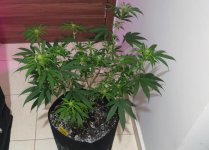 3.jpg63.8 KB · Views: 264
3.jpg63.8 KB · Views: 264 -
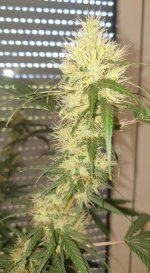 8.jpg65.5 KB · Views: 285
8.jpg65.5 KB · Views: 285 -
 16.jpg55.2 KB · Views: 444
16.jpg55.2 KB · Views: 444 -
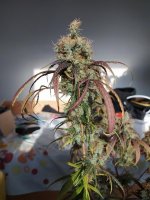 24.jpg71 KB · Views: 307
24.jpg71 KB · Views: 307 -
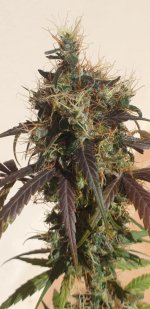 17.jpg63 KB · Views: 310
17.jpg63 KB · Views: 310 -
 1.jpg39.7 KB · Views: 298
1.jpg39.7 KB · Views: 298 -
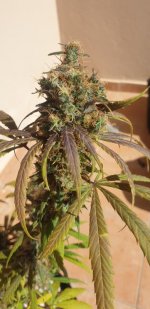 18.jpg53.9 KB · Views: 296
18.jpg53.9 KB · Views: 296 -
 1.jpg39.7 KB · Views: 296
1.jpg39.7 KB · Views: 296 -
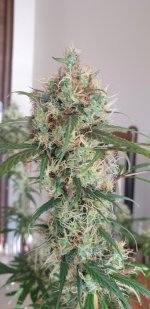 12.jpg57.1 KB · Views: 307
12.jpg57.1 KB · Views: 307 -
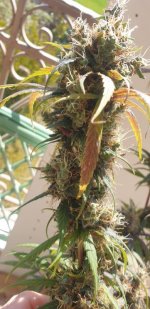 20.jpg68.7 KB · Views: 258
20.jpg68.7 KB · Views: 258 -
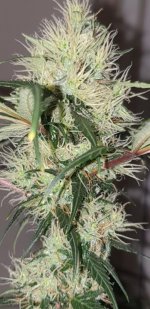 9.jpg72.4 KB · Views: 278
9.jpg72.4 KB · Views: 278 -
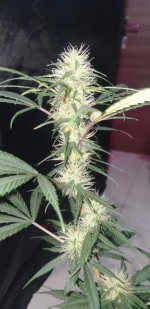 5.jpg51.3 KB · Views: 295
5.jpg51.3 KB · Views: 295 -
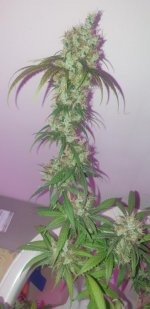 15.jpg43.1 KB · Views: 296
15.jpg43.1 KB · Views: 296 -
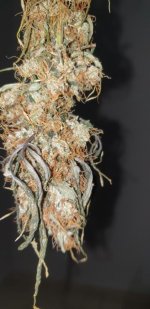 26.jpg51.3 KB · Views: 293
26.jpg51.3 KB · Views: 293 -
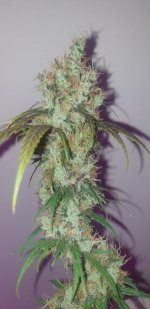 14.jpg45.2 KB · Views: 314
14.jpg45.2 KB · Views: 314 -
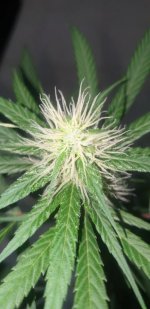 4.jpg47.7 KB · Views: 266
4.jpg47.7 KB · Views: 266 -
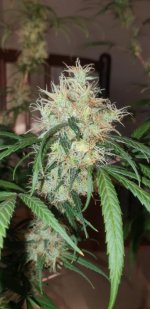 10.jpg51.8 KB · Views: 251
10.jpg51.8 KB · Views: 251 -
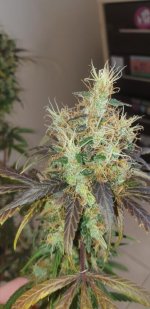 22.jpg55.5 KB · Views: 242
22.jpg55.5 KB · Views: 242 -
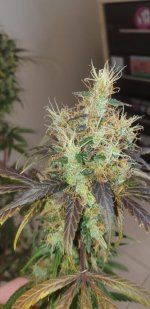 22.jpg55.5 KB · Views: 422
22.jpg55.5 KB · Views: 422 -
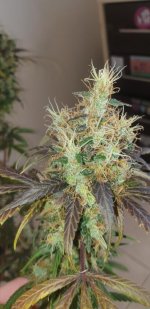 22.jpg55.5 KB · Views: 268
22.jpg55.5 KB · Views: 268 -
 7.jpg63.5 KB · Views: 248
7.jpg63.5 KB · Views: 248 -
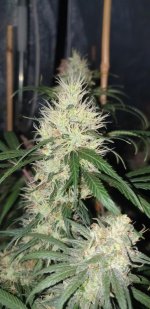 6.jpg59.5 KB · Views: 266
6.jpg59.5 KB · Views: 266 -
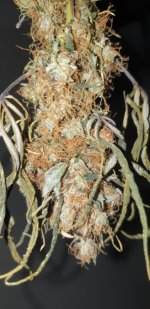 25.jpg64.6 KB · Views: 251
25.jpg64.6 KB · Views: 251 -
 23.jpg58.8 KB · Views: 255
23.jpg58.8 KB · Views: 255 -
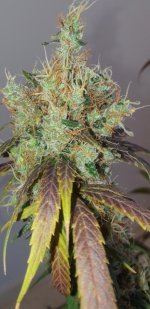 21.jpg59.1 KB · Views: 242
21.jpg59.1 KB · Views: 242 -
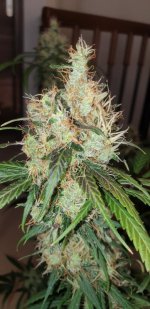 13.jpg63.8 KB · Views: 249
13.jpg63.8 KB · Views: 249 -
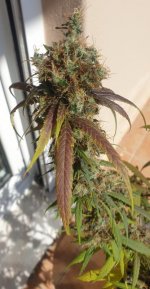 19.jpg58.1 KB · Views: 263
19.jpg58.1 KB · Views: 263 -
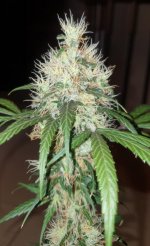 11.jpg63.9 KB · Views: 262
11.jpg63.9 KB · Views: 262 -
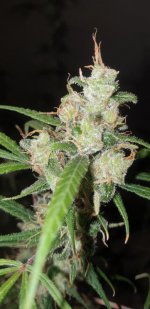 Mar 22 (6).jpg51.3 KB · Views: 254
Mar 22 (6).jpg51.3 KB · Views: 254
Last edited:


